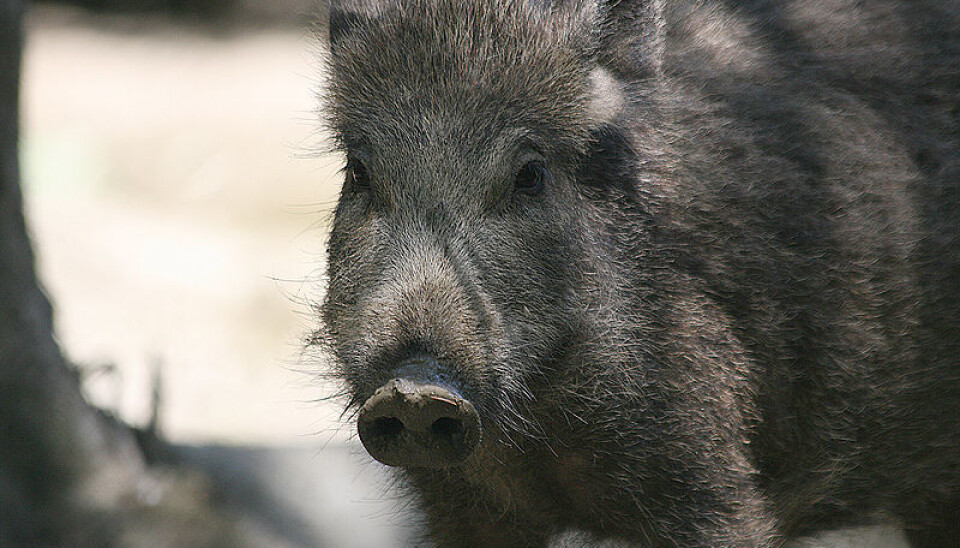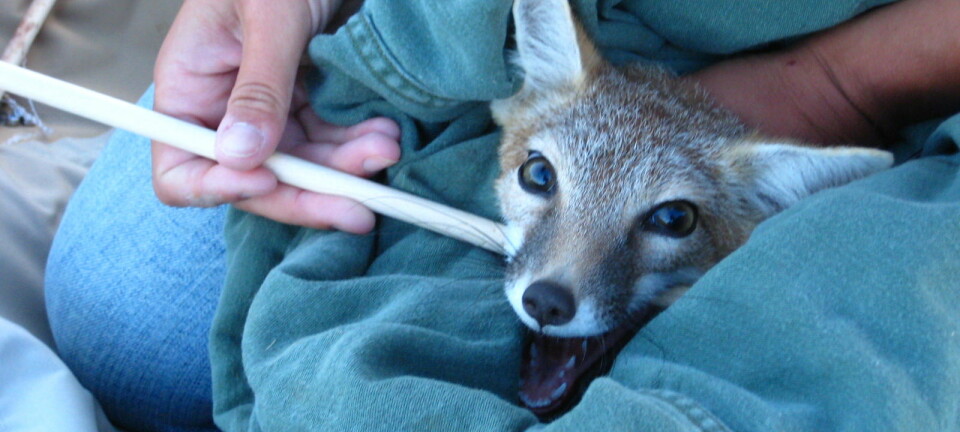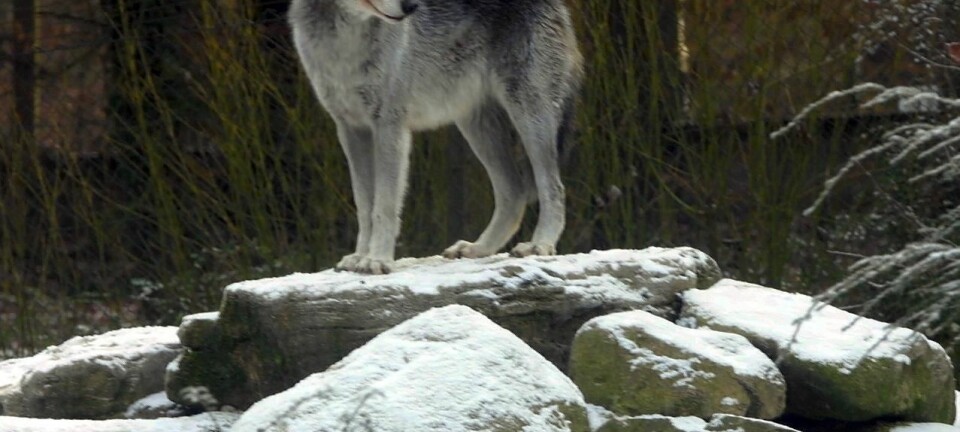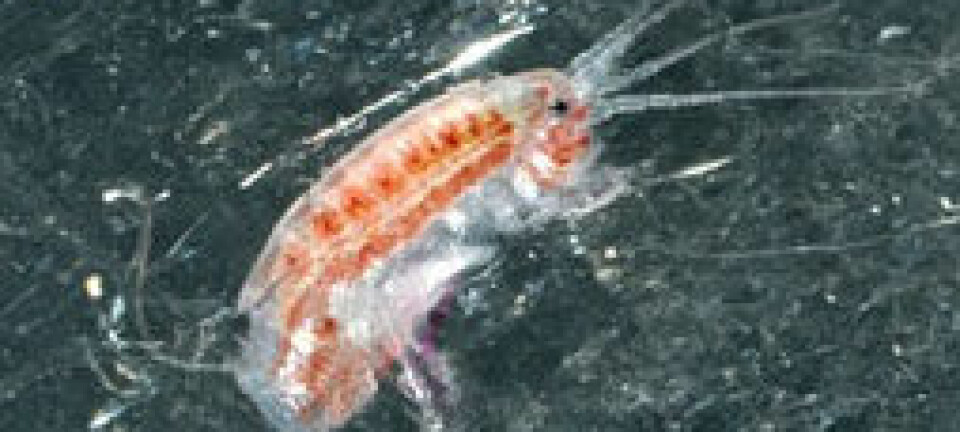
Wild boars generate worries in Norway
A thousand years after they disappeared from Norwegian forests, wild boars now pose a threat to other wildlife and could potentially spread to much of the country.
Denne artikkelen er over ti år gammel og kan inneholde utdatert informasjon.
Wild boars, also called wild pigs, have been designated as an undesirable alien in Norwegian forests but are being spotted increasingly often.
In the beginning of February a wild boar was shot less than 40 km from Oslo. It was the first wild boar hunted down in Norway in a thousand years. Last weekend another team of hunters killed an 80 kg wild boar a little further southeast of Oslo.
“We have grounds for concern about the appearance of wild boars and their impact on indigenous Norwegian animals,” says Professor Øystein Wiig of the University of Oslo.
Wiig is an expert on mammals and a member of a group that worked with the latest Norwegian Black List, a compilation of intrusive alien species in Norway from the Norwegian Biodiversity Information Centre.
“Wild boars can spread several diseases, including trichinosis, which can be passed on to Norwegian predators such as foxes and lynxes, and threaten their survival,” says Wiig.
Could cross over to the West Coast
Wild boars have been assessed on the Black List as a high-risk species.
The evaluation shows that wild boars could spread to much of the country and have a large impact on indigenous animals.
“Wild boars could spread along the coast of east Norway and then up the west coast, if they aren’t stopped,” he says.
Their potential for spreading is also affected by climate change. Several thousand years ago they probably lived as far north as the Trøndelag counties, about 500 km north of Oslo, but this was during a warmer period.
“The spread to larger parts of the country will probably be slow as long as we maintain an open season on hunting them,” Wiig says.
No welcome mat
“The mild winter we’ve had is the main reason for the many sightings of wild boar this year,” says Erik Lund, of the Norwegian Directorate for Nature Management.
“The last couple of winters were very cold and adults were pretty much the only survivors. But many more of last year’s offspring have survived this winter,” says Lund.
The sight of wild boars on in the forests of the eastern part of southern Norway will probably become increasingly common, even though there are no grounds for fearing invading hordes.
“We aren’t talking about an invasion. It’s rather an issue of more frequent visits,” states Lund.
“Sweden has such a prolific stock of wild boars that they can shoot 70,000 to 100,000 a year. So it’s no wonder that they often turn up now in Norway too,” says Lund.
Lund says that extensive transport of wild boars and active feeding programmes have led to the rampant growth of the population in Sweden. As much as half the food they eat in Sweden is placed in the wilds for their benefit. Norwegians don’t have plans of being so hospitable to these furry pigs of the woods.
“The environmental authorities will not be making such accommodations to promote wild boars on the Norwegian side of the border. Nevertheless, we know we can’t prevent them from coming,” says Lund. He points out that they are nocturnal animals and are relatively good at hiding.
Aim for the young
According to the Norwegian Biodiversity Information Centre, wild boars have already become rooted in Norway, with viable stocks in two municipalities on the Swedish border in southern Norway.
Lund says that an open hunt is the best method for keeping the population small, and the Norwegian Directorate for Nature Management advises hunters to shoot young animals. They should let large sows be.
“Wild boars live in matriarchic groups - sounders, led by one or more large sows. If the lead sow is shot the sounder is more likely to split up and new groups will be established. The population can thus be held in check if the young are heavily culled,” says Lund.
Hunting for wild boars is permitted everywhere in Norway, year round. So anyone with a hunting license can go out with hopes of coming home with a large pork roast à la Obelix.
Not aggressive
A lot of people in the counties of Norway that have recently started hosting these newcomers say they fear running into them in the woods. But according to biologist Kjetil Bevanger at the Norwegian Directorate for Nature Management there’s no need to be afraid:
“It would definitely be an exaggeration to call them an aggressive species. It’s really rare for them to attack. But any animal can be aggressive if it’s backed into a corner or if it has been shot and wounded,” says Bevanger.
In those rare cases, the wild boar is potentially dangerous:
“A boar can weigh up to 200 kilos and it has sharp fangs. So it can be a frightening animal.”
------------------------------------
Read the Norwegian version of this article at forskning.no
Translated by: Glenn Ostling

































